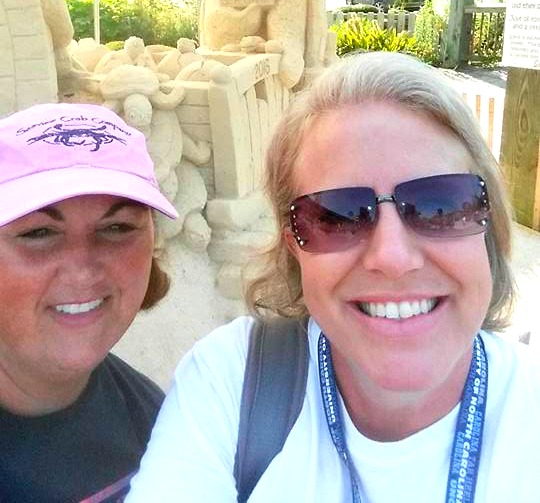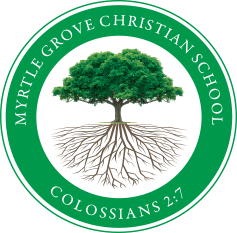Science Teachers’ Summer Adventure

Day 1
We had the unique opportunity to visit the ocean, maritime forest, freshwater pond, and the sound all here at Trinity Center. Angie and I went to a freshwater pond and searched for macro invertebrates which indicate how healthy the water is…helpful preparation for our 6th grade field lab this spring.
Day 2
During the visit to the Pine Knoll Shores aquarium today, we got to touch numerous rays and a nurse shark. Then we visited a marsh where we observed the effects of rocks on a marsh sill, captured mud samples to see strata, and then practiced fish sample collections. Can’t wait to share our newly polished skills with students in outdoor labs! This afternoon, we heard from Nat Wilson who discussed aquifers and groundwater with us. We wrapped up the day working on interactive activities for the classroom and student labs.
Day 3
We spent today exploring Hammocks Beach State Park and Jones Island where we participated in activities designed to be incorporated into classrooms. A visit to view the oyster bag sills introduced a discussion on a new type of technology that recycles old oyster shells, places them in a bag, and situates them on shore so that it is covered by high tide but not covered by low tide. These oyster bags encourage new oyster populations. We learned today that one oyster can filter 50 gallons of water per day. What a magnificent design! This afternoon, we learned about online mapping sites perfect for classroom use and did an activity that demonstrated the effects of pollutants that end up in a nearby pond.
Looking forward to exploring creation this year with our upper school students! – Angie & Julie

